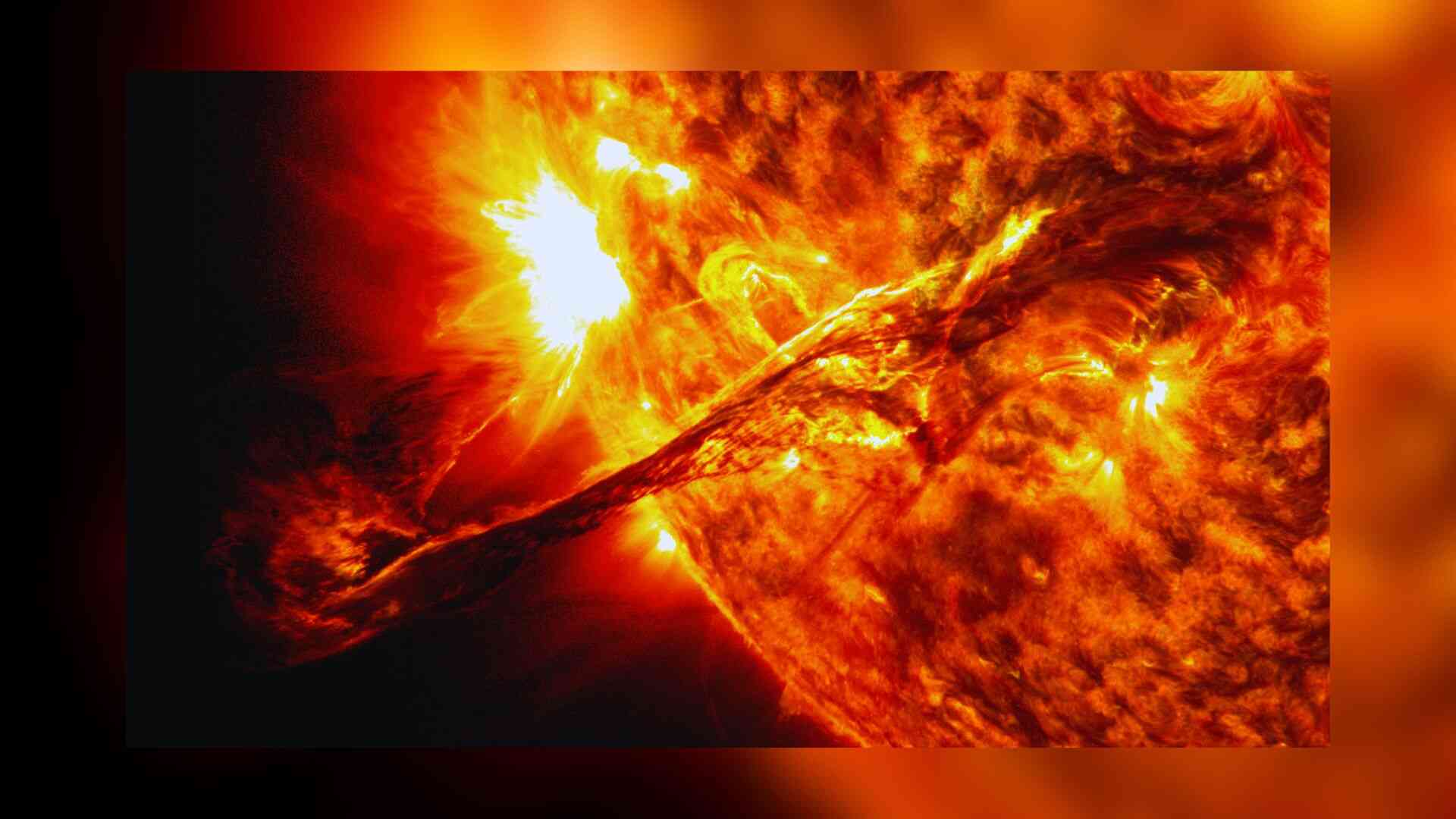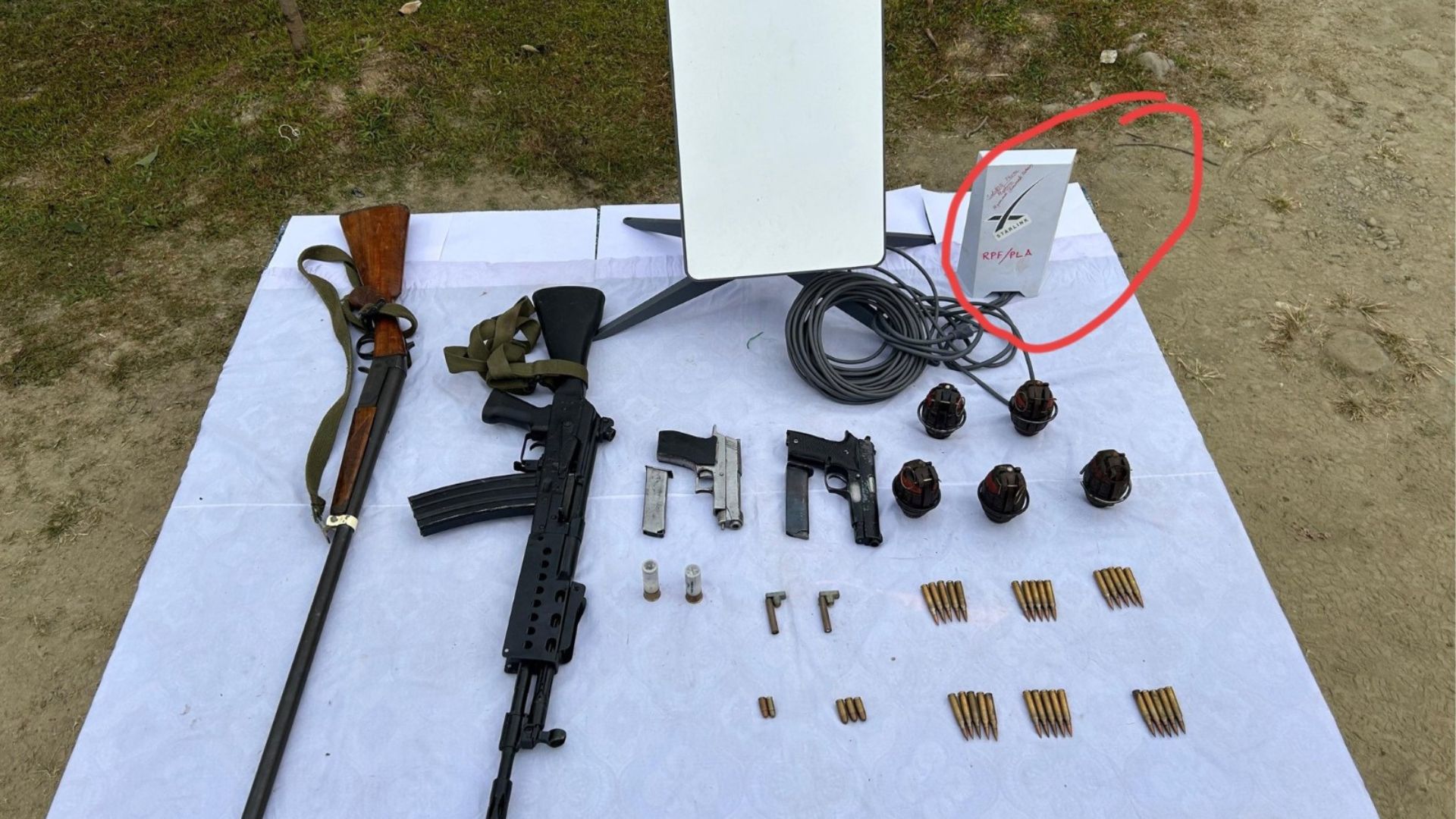
The Indian Space Research Organisation (ISRO) detected signatures of the recent solar eruptive events from various locations, including Earth, the Sun-Earth L1 Point, and the Moon.
ISRO deployed its entire array of observation platforms and systems to document the signatures of the potent solar storm that affected Earth on Saturday. Both Aditya-L1 and Chandrayaan-2 conducted observations, and the gathered signatures have been scrutinized. The X-ray payloads aboard Aditya-L1 (SoLEXS and HEL1OS) detected numerous X- and M-class flares from these regions over the past few days, while the in-situ magnetometer (MAG) payload also registered the events as it traversed the L1 point.
As Aditya-L1 monitors the Sun from the first Sun-Earth Lagrange point, the Chandrayaan-2 orbiter has also detected the signatures of these solar eruptive events from the lunar polar orbit. The XSM instrument on Chandrayaan-2 has observed numerous intriguing phenomena associated with this geomagnetic storm. Notably, the XSM autonomously identifies large solar flares (> M5 class) as spikes. When the internal mechanism was activated to mitigate the incident X-ray flux and prevent saturation, a filter was brought in front of the detector.
Although the XSM primarily observes solar X-rays, it has also furnished data regarding the local high-energy particle environment by tallying events when the upper-level discriminator (ULD) threshold is surpassed. In early May 2024, Earth experienced a potent solar storm triggered by the highly active region AR13664. This region unleashed a succession of X-class flares and coronal mass ejections (CMEs) directed towards Earth. The ensuing geomagnetic storm was the most severe since 2003, with a Dst index of -412 nT, leading to disruptions in communication and GPS systems.
This recent geomagnetic storm stands out as the most powerful since 2003, rivaling the significance of the historically notable Carrington event of 1859, given the immense size of the flaring region on the Sun. Earth has experienced multiple X-class flares and coronal mass ejections (CMEs) in recent days. The impact has been particularly severe over high latitudes, leading to reports of trans-polar flights being diverted. Further events are anticipated in the coming days. The Indian region experienced relatively less disruption, as the peak of the storm occurred early on May 11, before the ionosphere had fully developed. Additionally, being situated at lower latitudes, widespread outages were not reported in India. Conversely, the ionosphere exhibited considerable turbulence over the Pacific and American sectors.
The peak impact of this event was observed during the early morning hours of May 11 in India, coinciding with a phase when the ionosphere was not fully developed. Observations from the GNSS network at the National Atmospheric Research Laboratory indicate a reduction in Total Electron Content (TEC) by over 50 percent from midnight on May 10 to the morning of May 11. Meanwhile, the Master Control Facility (MCF) team at ISRO remained vigilant, monitoring any geomagnetic activity experienced by geostationary spacecraft. Regarding disturbances on spacecraft, the increased accumulation of disturbances led to frequent adjustments in the magnetic torquer duty cycle, resulting in more frequent momentum dumps.
Deviation in Momentum Wheel speed and saturation of MTC current were noted in several spacecrafts. Those with one-sided panels exhibited prominent signature variations, necessitating frequent momentum dumping. However, overall operations remained normal, with no instances of single event upsets reported. The Star Sensor (SS-2) in INSAT-3DS and Star Sensor (SS-3) in INSAT-3DR were deactivated according to mission protocols. Apart from these actions, no significant upsets or anomalies have been detected in any of the 30 GEO spacecrafts thus far.
None of the Earth Observation Satellites operated by ISRO, which were within range of ISRO’s ground stations, experienced any upsets or latch-ups. During solar events like this, the energy emitted by the Sun heats and expands the upper atmosphere. The heightened atmospheric density at satellite altitudes results in increased drag on satellites, leading to a gradual loss of altitude. This effect is particularly noticeable for satellites in low-Earth orbit. Thus far, the ISRO Navigation Centre has not observed any significant degradation in the NaVIC service metrics, suggesting minimal to no impact from the geomagnetic storm.















